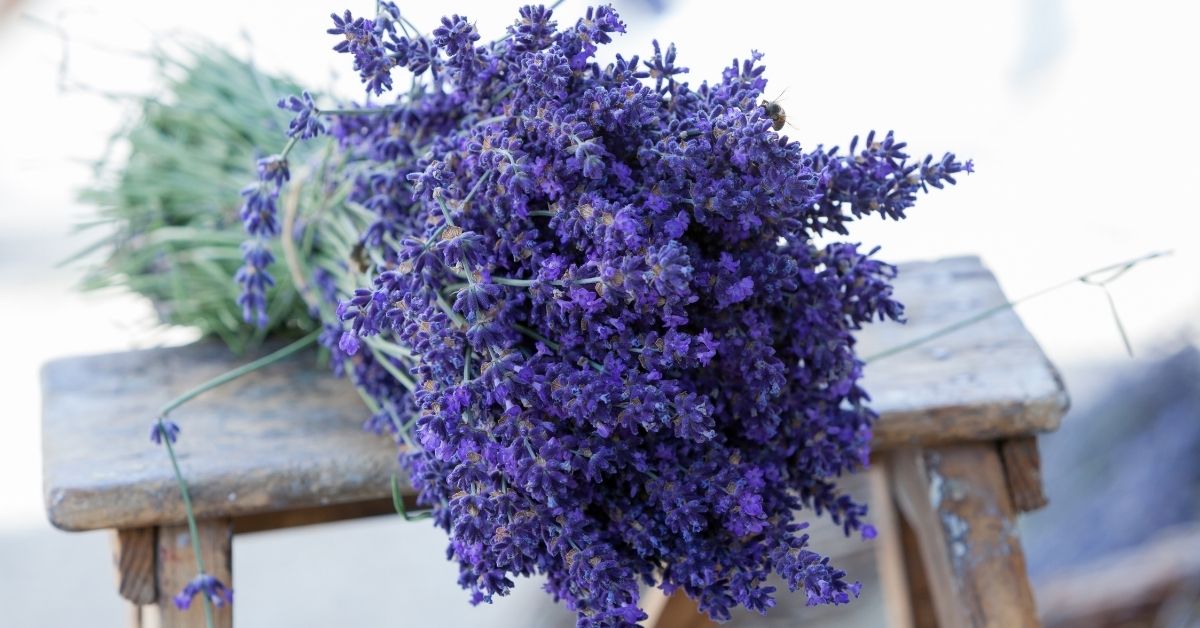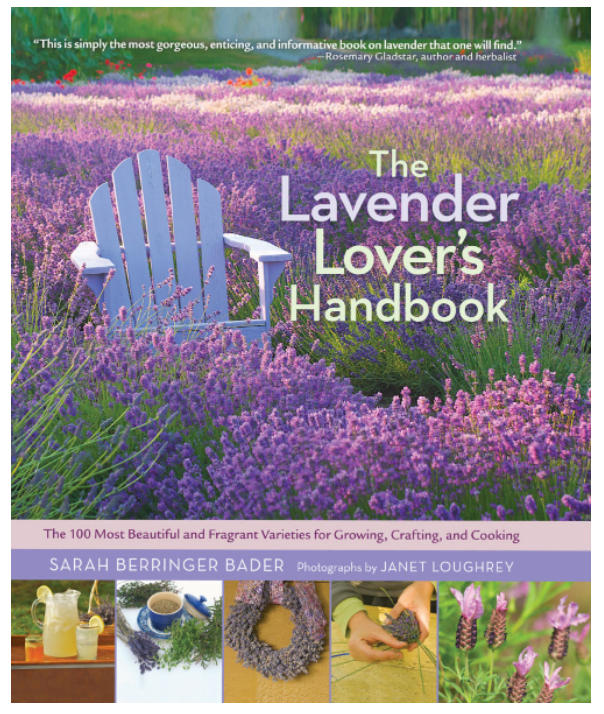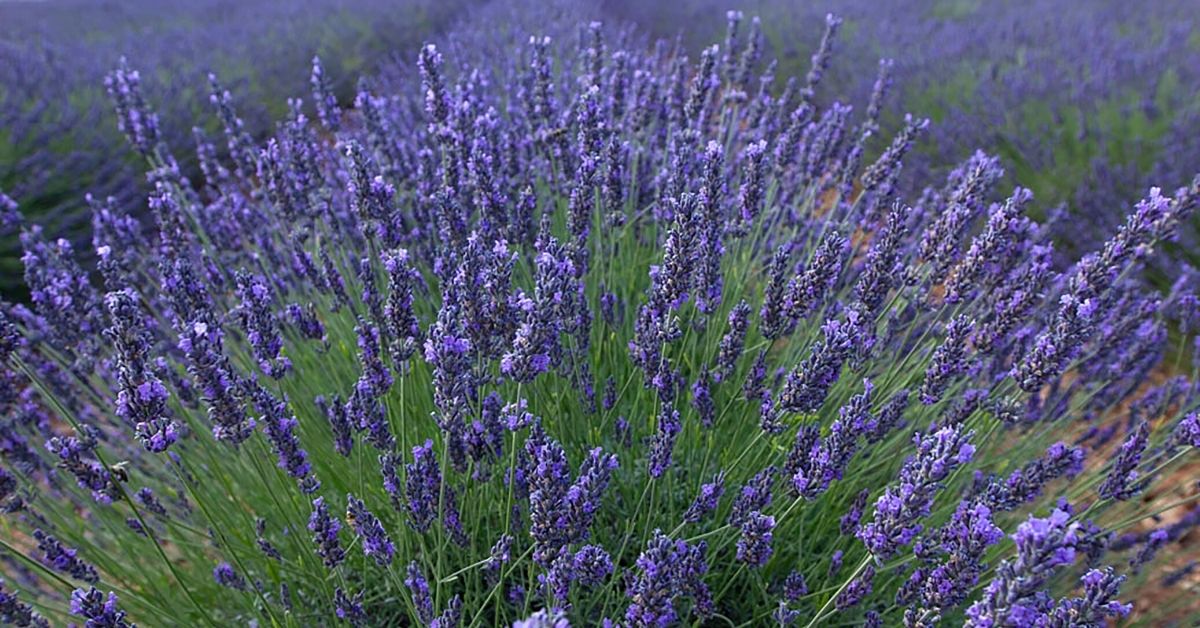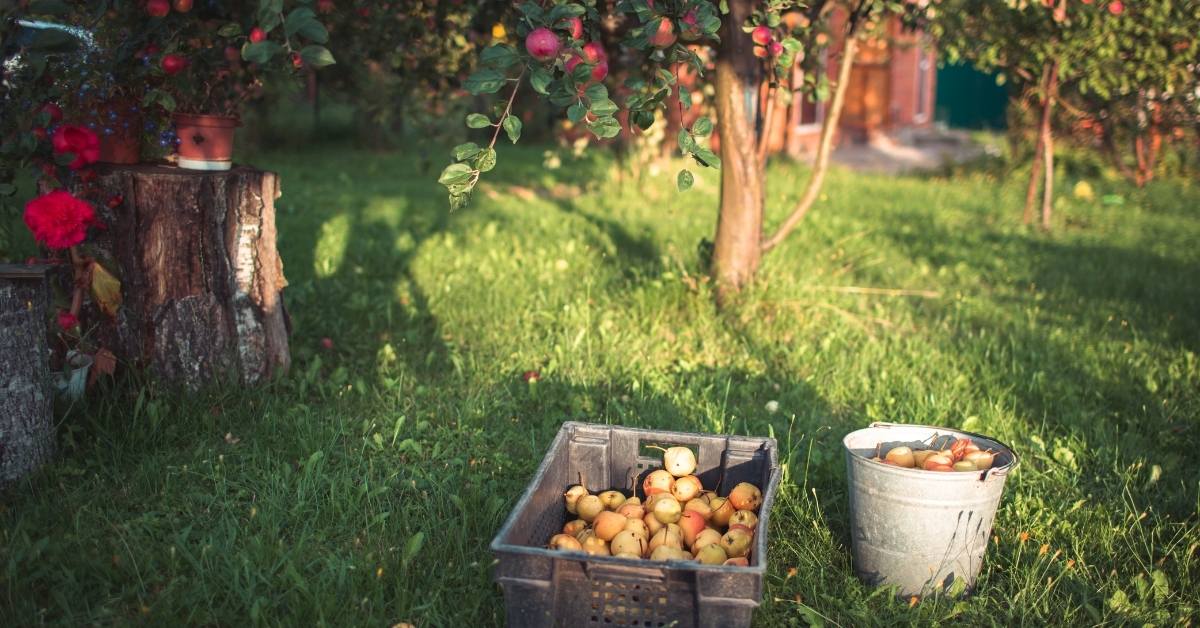The learning curve for growing great lavender plants in your garden might become a costly and cumbersome trial and error process and might end up killing them over and over again if you don’t figure out how to do it beforehand.
Growing Great Lavenders
If you are like me, you like growing fragrant plants in your garden, and the summer delight of lavender (one of the most ancient of perennials, by the way) is unequaled in the perennial garden.
I garden for fragrance as much as possible, and lavender is one of the essential plants in my collection.
While I’ve grown these plants in my garden, I’ve also worked out the methods for growing and overwintering them in containers, and my friends marvel at the number of pots and different kinds I’ve grown over the years.

My friend’s envy was half the fun of growing these fragrant plants, and observing fellow gardeners brushing the plants to capture some of the fragrance was worth the small effort it took to grow these lavenders. I had to draw the line when my buddies wanted to harvest my lavender, though.
And learning all these tricks was no small effort. In the first few years, I want to tell you that I killed as many plants as I grew. There are a lot of dead lavender plants that were sacrificed to work out the methods of keeping them all alive in my zone 4 garden and my container gardens.
I had to toss away all the tags so I wouldn’t feel guilty or let anybody else know how many I was killing.
I should make it clear that I’m not some fast-talking sales guy trying to promise that you’ll have the same good luck as I did with this plant; after all, I live in USDA zone 4. If you live in a colder climate than mine, these techniques may not work for you.
But if you live in a warmer climate (or even the same zone), then the techniques I worked out to grow this plant and overwinter it will help you grow lavender as successfully as I do.
This woody plant – it is actually a small shrub – are one of the most coveted fragrances globally and one that perfumers have used for centuries as an aphrodisiac. Modern research proves this point, but I don’t want you abusing this fact on your unsuspecting garden partner!
Levander varieties which can be grown in the gardens
While there are many different species of the lavender growing wild in the world, only a few are grown in gardens. I figured out how to grow – I had 5 species – this gorgeously fragrant plant both in the ground and in containers.
In fact, growing lavender became my plant obsession for a few years, and I grew the collection in clay pots lining the walkway up into my old stone farmhouse.
Those varieties that were hardy for me in my zone 4 garden were situated so that they would survive the average winter and still flower profusely. I overwintered the more tender ones indoors or on a frost-free porch.
I’ve read these hard-learned lessons about growing lavender in an ebook.

In case you haven’t grown lavender in the past, you’ll learn the sunlight requirements as well as the best soil and feeding techniques.
Let me be honest here – if you have clay soil, you aren’t going to be able to grow lavender in the garden. It will winterkill. I don’t want you thinking there’s a magic secret to growing lavender in clay soils – there isn’t.
If you have clay soils, the only way you can grow lavender is to modify the soil to what I describe or to grow in containers.
The ebook describes how long you can expect your lavender plant to live. Remember, this is a shrub, and it behaves like a tiny shrub – with the bottom getting sparser and sparser the longer it lives.
Understanding techniques for longer lifespans
And the other main point here is to understand the critical techniques to make the plant live longer than the standard commercial lifespan, and these are covered in the ebook.
I know that sometimes gardeners get a little anxious about pruning plants. So I figured out a simple way to describe how to prune lavender and recognize when it needs pruning. Not only that but the last section of the book describes how to prune lavender when you want to use it in the house or cooking recipes.
I also describe the foolproof way I dry my lavender that doesn’t require any fancy equipment or tools.
And luckily getting new lavender plants is as simple as can be if you follow a few basic rules. You’ll definitely want new plants to replace the older ones.
And you’ll want to grow even more in your garden as well as grow them in containers with other plants.
Small-scale plant starting details are covered here – both for seeds and for taking cuttings. I even describe the specific kind of cutting to take so you can easily produce enough plants for both you and your friends.
Everybody wants to know how to overwinter lavender. While it is not a guaranteed process (what is in today’s variable gardening weather?), the specific step I take to tilt the odds in my favor and take the guesswork out of gardening are included in the ebook.

I succeed almost 100% with my containers now, and while the garden plants are at the mercy of the weather, I do a few things to increase my chances of survival.
To identify if lavender is alive in the spring, gently scratch the stem with your thumbnail. We can say it is alive if it is bright green under the bark. If it is brown, it is dead. If it is streaked green, it hasn’t made up its mind but is likely thinking of dying.
If you’re looking to grow those luscious, blowsy containers you see in magazines, the book tells you how to do just that. My farm collection of potted lavender was one of the hits of my one-acre-sized garden. And not only that, but I will tell you the two main tricks I learned to overwinter fragrant lavender right in the pots so they wouldn’t die.
If you’re unsure which variety of lavender to grow, the book lists the 28 most easily available varieties in North America. (I bet you didn’t think there were 28 varieties that were easily found).
This ebook has the answers if you’re looking for a reliable, straightforward way to succeed with fragrant lavender. All the information I’ve learned over the years is collected in one spot.
You’ll save a rather large learning curve (not to mention a lot of money on plants you unnecessarily kill) over several seasons by simply following the directions in the ebook.
And if you disagree that the techniques are worth the small amount of money (less than the price of a gallon pot of lavender), then I personally guarantee to return your money.
I won’t question why (although I’d be interested to learn something to improve about the book) but simply refund your credit card.
I note the guarantee is a long 90 days, so you’ll have an adequate chance to read and evaluate the ebook.
If you want to learn how to succeed with lavender and have enough plants and branches to put that amazing fragrance in your shirt buttonhole and make your day, simply click on the link below.
Conclusion:
This ebook is less than the price of a gallon pot of lavender, and I personally guarantee that you’ll be happy with purchasing this book. If at any time in the next 90 days you want a refund, simply email me, and I’ll instantly return your money. No questions asked. No hassles. Period. You have my personal guarantee on that.


